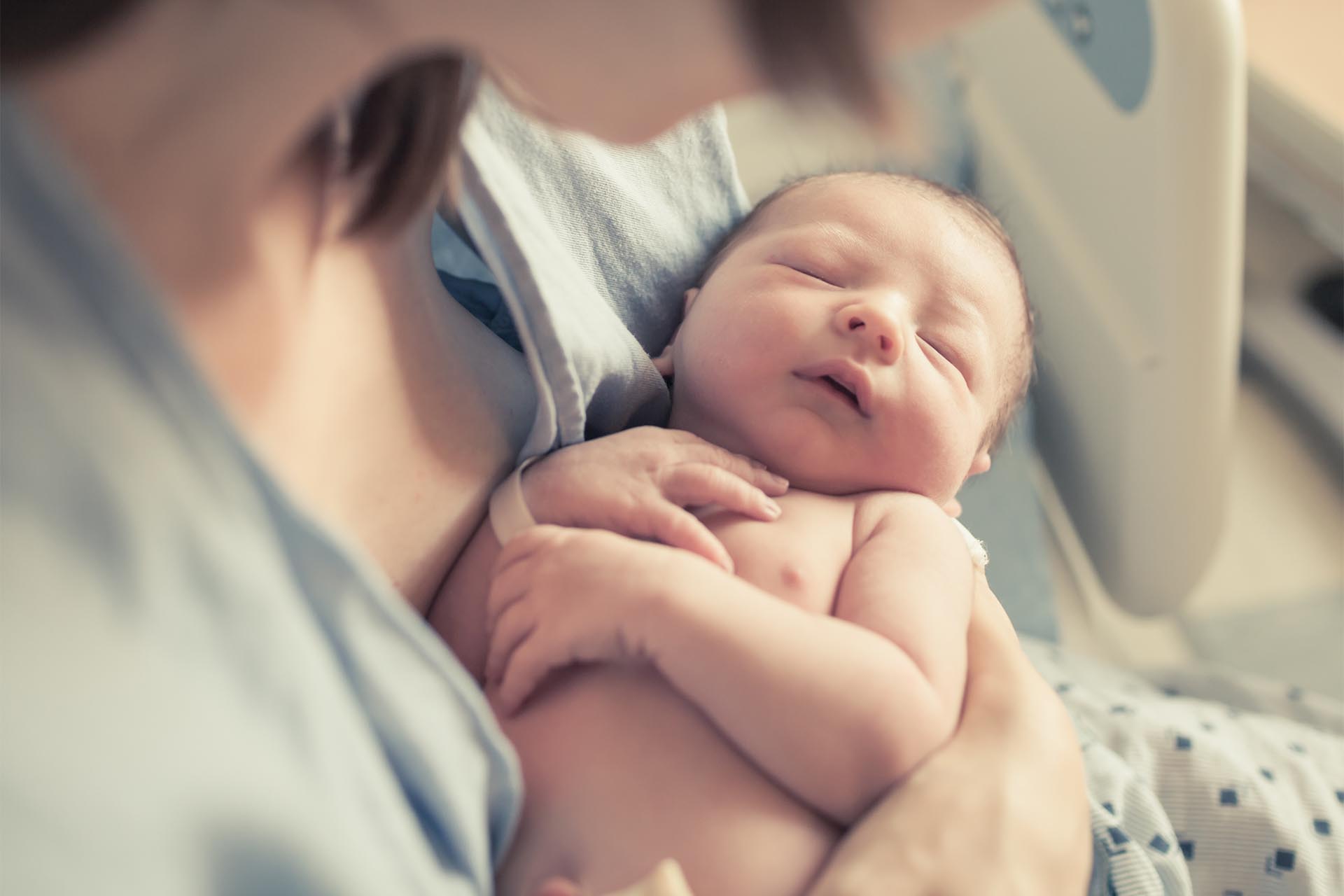• Early influence
• Repairing skin
What is already known on this topic
The colonization of the gut by microbes during early life plays a key role in the development of the immune system. But the microbial-derived signals and the antigens involved remain unknown.What this research adds
In a study in mice, researchers showed that commensal bacteria control the development of mucosal-associated invariant T (MAIT) cells, which are found in tissues colonized by the microbiota and recognize the microbial-derived chemical riboflavin. Early-life exposure to defined microbial communities triggers the development of MAIT cells and influences the abundance of these cells in the skin, where they promote wound healing and tissue repair.Conclusion
Although it’s unclear how microbiota-derived metabolites contribute to the development of MAIT cells in people, the results show how exposure to the microbiota early in life can have long-lasting effects on the immune system.
Early-life exposure to defined microbial communities triggers the development of specific immune cells and influences the abundance of these cells in the skin, where they promote wound healing. That’s the conclusion of a study done in mice and published in Science.
The colonization of the gut by microbes during early life plays a key role in the development of the immune system. But the microbial-derived signals and the antigens involved remain unknown.
To address this question, Michael Constantinides at the US National Institutes of Health and his colleagues looked at mucosal-associated invariant T (MAIT) cells, which are found in tissues colonized by the microbiota and recognize the microbial-derived chemical riboflavin. Because most bacteria and fungi synthesize riboflavin, scientists think that MAIT cells are particularly dependent on the microbiota.
Early influence
Genetically identical mice that were housed in distinct cages had different proportions of MAIT cells, whereas rodents housed in the same cage had similar frequencies of these cells. This suggests that these differences are associated with distinct gut microbiota.
To test this hypothesis, the researchers looked at MAIT cell development and found that these cells populated tissues such as the skin, lungs, and gut between 2 and 3 weeks of age in response to riboflavin-synthesizing commensals. The colonization of germ-free mice with bacteria such as Proteus and Klebsiella was sufficient to induce the development and accumulation of MAIT cells in tissues.
Repairing skin
Next, the team showed that microbial-derived metabolites trigger the activity of MAIT cells in the skin, where these cells are responsible for wound healing and tissue repair. Riboflavin metabolites are also necessary for the recognition of skin commensals such as Staphylococcus epidermidis by MAIT cells.
Although it’s unclear how microbiota-derived metabolites contribute to the development of MAIT cells in people, the results show how exposure to the microbiota in early life can have long-lasting effects on the immune system.









